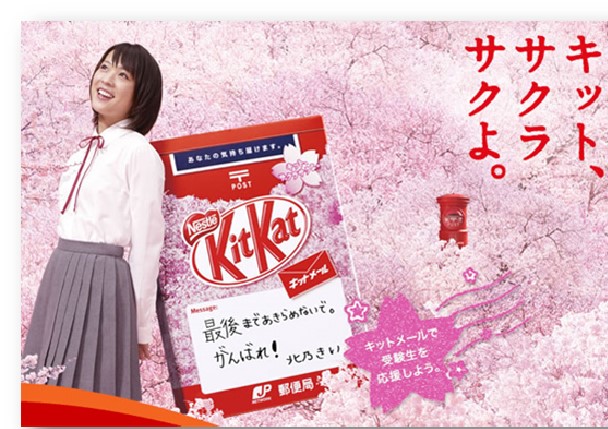
Exhibit 12.5 “Have a Spring Break, Have a Kit Kat”.
Unheard-of brands tend to be regarded
as dubious, making it difficult to generate interest among consumers.
Curiosity, interest and desire begin with awareness. According to the
salience model, the more a brand stays
top-of-mind, the greater the likelihood of it being purchased.
This has implications on both the nature and the
quantum of advertising. Brand awareness or
salience increases with higher frequency of advertising and the use of brand
cues, i.e., shortcuts that link to the brand via visuals, sounds or expressions.
A brand name, icon, mascot, slogan, music, jingle,
colour, celebrity etc. can serve as a cue. Coca-Cola,
for instance, uses multiple cues including its brand name, logo, mnemonic, red colour, the shape of its bottle, and a slew of slogans over the years, such as “It’s the real thing”.
Advertising memorabilia is littered with catchy
slogans that bring the brand they represent to mind (see Exhibit 12.5). For
example: “A diamond is forever”, “Just do it”, “Have a break”, “Because you're
worth it”, “Eat fresh”, “Be stupid”, “Think small” and many more.
Salience is likely to be important in low
involvement, habit driven categories where consumers are less likely to make
comparative assessments. It is also important wherever purchases are made over
the counter, as is the case with traditional retail channels in many developing
countries.